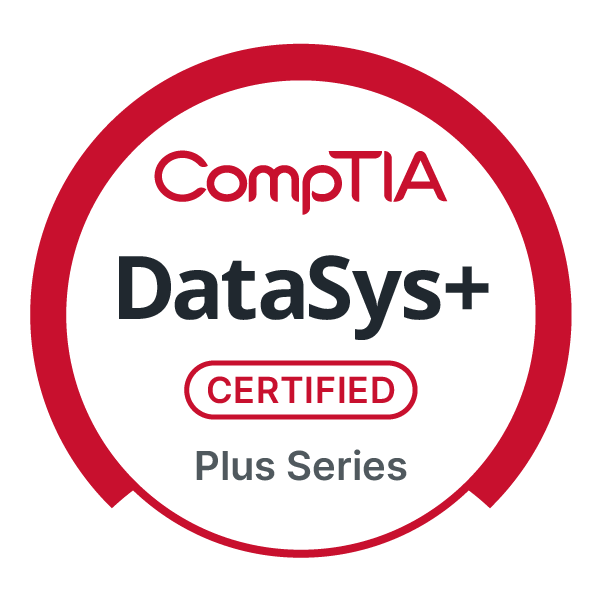Professional Analytics
Integrate custom data science solutions
into your business intelligence workflow.
Introduction
Data science is an essential component of modern business operations. It is the process of converting raw information into insights that give you decision advantage. It uses automation to obtain, process, and display data for maximum user assimilation.
Data scientists use programming, statistics, and visual design skills to distill high-value information as it passes through a data pipeline. Users rely on analytics from the pipeline to make strategic business decisions. In competitive industries, a suite of custom analytics can make the difference between success and failure. The following use cases illustrate the strategic value of custom analytics.
Scenario 1: Helium Prospecting
In our first scenario, an exploration company is deciding where to open its next helium mine. A data scientist creates a visual for company executives that explains past production in each state.
Figure 1. Helium Found by State

Source: USGS
This scatter plot uses U.S. Geological Survey data to show helium deposits discovered since 1900. It incorporates multiple dimensions to represent drill depth, yield, and location. Over time, we can see a decrease in shallow deposits and an increase in drill depth. Texas and Arizona were historically the most efficient harvesting locations, while New Mexico and Colorado provided consistent yields from deeper wells. The company may decide to target Texas, Arizona, and Colorado, which have the most helium production since 1990.
Scenario 2: Defense Services
In our next scenario, a multinational corporation that sells security services to governments is conducting a market review. A data scientist develops indicators of leadership receptivity to corporate services.
Figure 2. Military Chief Executives

Source: IDB
This bar plot shows the number of countries with military officers serving in chief executive roles since 1976. The red dotted line indicates the total number of countries in the survey (185). Between 1976 and 1983, roughly half of the countries had military leaders in top roles. By 2013, however, approximately 90% of nations had military officers serving as prime minister and defense minister. This upward trend indicates strong potential interest for security services in government leaders.
Methodology
To ensure project success, I execute tasks in a dedicated and orderly manner. My initial approach includes researching and clarifying project requirements with stakeholders and end users. I then model, design, test, and validate my analytic solutions according to rigorous industry standards. This ensures my deliverables are resilient, maintainable, and ethical. Some of my core practices include significance testing, programming without exceptions, and test-driven development.

I use programming languages such as SQL, Python, R, and C for data analysis and application development. I also utilize technologies like HTML, CSS, and illustration tools to create attractive and impactful interfaces. My deep understanding of web and network protocols helps me interact with and create APIs to deliver results.
My typical project workflow includes the following steps:
- Defining stakeholder requirements
- Analysis, planning, and open-source research
- Working with scientific datasets and satellite imagery
- Database design and maintenance
- Data extraction, transformation, and loading (ETL)
- Feature engineering
- Statistics and machine learning techniques
- Algorithm design, implementation, and optimization
- Scientific training, testing, and validation
- Creating 2D and 3D visualizations
- API development and documentation
- Application development and unit testing
Certifications
I hold numerous certifications that demonstrate my broad understanding of the IT industry and its tools. My combined technical and intelligence training gives me a unique ability to integrate data technologies for business intelligence applications.
- Master of Science, Data Science
- Bachelor of Applied Science, Intelligence and Information Operations
- CompTIA A+ Certification
- CompTIA Network+ Certification
- CompTIA DataSys+ Certification
About

I first entered the IT space through web development. While serving in the U.S. Army, I created websites to promote my music and the businesses of friends and family. In college, I studied Python and discovered my interest in computing. I later graduated from the University of Arizona with a bachelor's degree in Intelligence and Information Operations. The program focused on analytic skills, open-source research, statistics, and programming.
After starting my career as a SQL developer, I earned my master's degree in Data Science, also from the University of Arizona. My curriculum focused on database design, statistics, and engineering applications of machine learning. This knowledge is essential to creating accurate and efficient data science implementations. I routinely use my engineering, statistics, and design skills to craft solutions, measure my results, and convey them through clear visualizations.
As a professional data scientist, I deliver excellent products and services to clients. My work ethic, drive, and creativity enable me to create superior interactions and results.
Services
As a data science professional, I consider it a privilege to teach others my trade. Business demand for information technology skills has continued to increase in recent years. In a qualitative study of U.S. job postings, the National Skills Coalition reported that 49% of entry-level positions require advanced digital skills. That percentage jumps to 71% for mid-level positions. These jobs include software engineering, computer support, and many other non-IT roles. My home state of Maryland ranks 6th in the U.S. for the most technical job requirements. To help local students and businesses advance in this landscape, I provide tutoring and professional analytics services.
Tutoring
For students, I provide affordable Python and SQL tutoring services. I am known for breaking down complex computer science problems into practical lessons. I enjoy teaching others and transforming apprehension into comprehension. Students benefit from learning with a working professional dedicated to enriching his community.
Analytics
For many businesses, hiring an outside IT agency to integrate analytics into their processes is a financial burden. The lack of face-to-face interaction and trust hinders planning, design, and delivery. One Calvert County business owner recently paid thousands of dollars to an overseas company to design an analytics module for his small business. The company delivered a generic product—late and over budget—that neither functioned nor integrated with his existing website. Instead, I provide the experience and personal connection required to help Maryland businesses succeed.
He has a gift for translating complexity into practical direction.
He has continually displayed the highest degree of dedication, pride in his work, and product quality in his association with me.
His ability to collaborate effectively with other developers and customers was a significant asset to our team.
To schedule a tutoring session or inquire about professional services, contact me today.
Events
Programming with Python (Series)
Prince Frederick, MD - January 2026
Contact
My mission is to deliver effective analytics through reliable technology solutions. I can enhance existing workflows or design custom dashboards that provide new insights. Whatever challenge you face, I bring a creative and persistent mindset to solve it.


